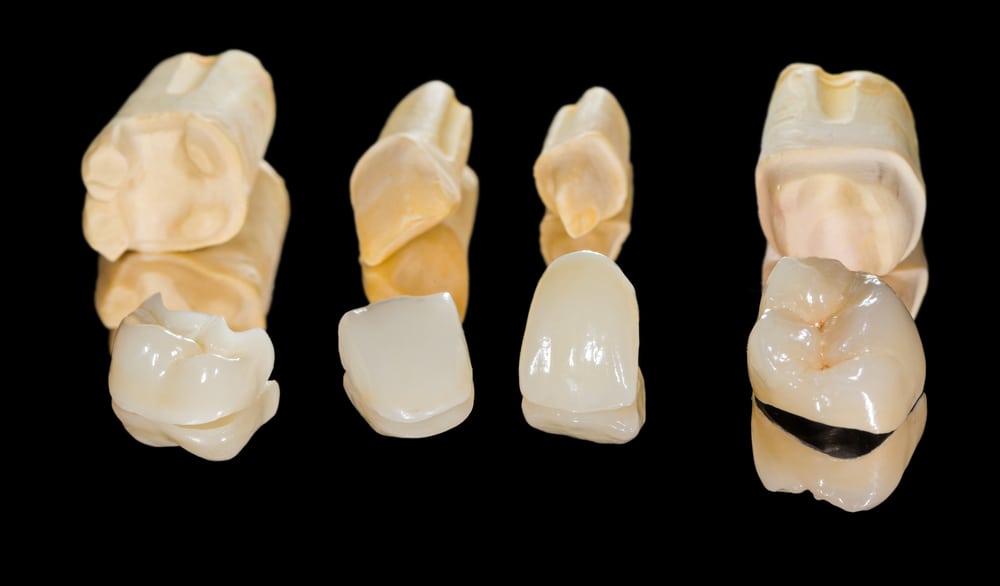Inlays and onlays are indirect dental fillings that are larger than a normal filling. Normal fillings are considered to be direct restorations because they can be entirely completed within the mouth in a single dental appointment. Indirect restorations, however, require fabrication in a dental laboratory and more than one appointment for placement. Inlays and onlays are fabricated in a dental lab out of gold, porcelain, or resin and are then bonded to the affected tooth.
Did You Know?
Inlays are used to restore the chewing surface of a tooth, while onlays are used to restore the entire chewing surface plus one or more of the tooth’s cusps.
Frequently Asked Questions:
Am I a candidate for a dental inlay or onlay and which is right for me?
You may be a candidate for a dental inlay or onlay if you have a significant amount of decayed or damaged tissue that covers most of the chewing surface or extends up to one or more points on your tooth. Most dentists opt to place an inlay or onlay on large areas of decay or damage that can not be adequately treated with a traditional filling, but are not large enough to validate the need for a dental crown. Whether an inlay or onlay is placed will depend upon how far the decayed or damaged tissue extends. To determine if you are a candidate for a dental inlay or onlay, as well as which is right for you, schedule a consultation with your Hemet dentist today.
How are inlays/onlays placed at my Hemet dental office?

At your Hemet dental office, inlays and onlays are placed over the course of two dental appointments. During the first appointment, any decayed or damaged tissue will be removed from the affected tooth. Then a dental impression or oral scan will be taken of your mouth in order to provide the necessary information for the dental lab to fabricate the inlay or onlay. A temporary restoration will then be placed to protect your tooth until the permanent restoration is ready. To prevent the temporary restoration from falling out, you will need to avoid chewing on that side and should temporarily avoid eating anything hard, chewy, or sticky. Once the permanent restoration is completed, it will be bonded in place.
What happens after my inlay/onlay is placed?
After your inlay or onlay is placed, you will be able to resume your normal diet and activities. To keep your permanent restoration in good condition, it is important to brush your teeth twice a day and floss once a day. You will also need to schedule regular dental exams and teeth cleanings every six months so your Hemet dentist can monitor the condition of your restoration and teeth.
Another way to keep your restoration in good condition is to prevent it from becoming damaged or falling out. Despite their strength, inlays and onlays can still become damaged when exposed to too much force. Therefore, you will want to take care when eating foods that are excessively hard, chewy, crunchy, or sticky. Additionally, you will want to avoid damaging behaviors like nail biting, chewing ice, grinding or clenching your teeth, and using your teeth to open packages.


Recent Comments